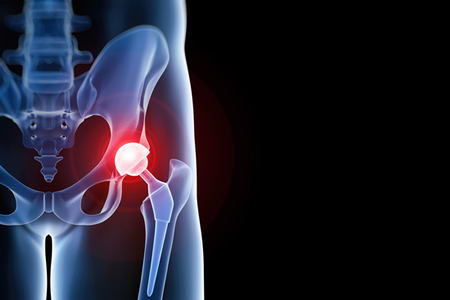Artificial Joints; Prosthetic/Prosthesis Implanted to Replace Diseased or Damaged Joint
Artificial joints are a prosthesis or
prosthetic joint, made of metal, ceramic, or plastic, which is implanted to
replace a diseased or damaged natural joint. Joints can be damaged by various
causes, arthritis, injuries, and other diseases. Replacement arthroplasty, also
known as joint replacement surgery, is an invasive procedure of cosmetic orthopedic
surgery where an arthritic or degenerative joint surface is replaced by artificial
joints.
This operation involves the surgical
reconstruction of a joint and its surrounding tissues. When serious joint pain
or stiffness is not relieved by more-restful non-surgical therapies, joint
replacement is usually considered as an effective treatment. Although
replacement arthroplasty is more invasive than other joint reinstalls, it can
often be performed in less time and at a lower cost than other reconstructive
surgeries.
Other factors that can cause arthroplasty
to be recommended include prior damage to the joint, the presence of
osteoarthritis or other autoimmune diseases, and progressive bone age. These
conditions are sometimes associated with arthritis, which makes arthroplasty an
ideal treatment for them. Other factors that can make this treatment desirable
include a bony growth on the joint, or a joint deformation that does not
respond to traditional anti-inflammatory treatments.
Patients with severe joint inflammation can
also benefit from artificial
joints because their pain has progressed to the point at which conventional
treatments have been ineffective. Moreover, some patients find that their
arthritic condition makes healing difficult because of decreased range of
motion. Moreover, osteoarthritis is the most prevalent musculoskeletal disease,
which affects geriatric population. Thus, with the growing geriatric
population, demand for artificial joints is also increasing with a rapid pace.
According to the U.S. Census Bureau, the
nation's 65-and-older population is projected to reach 83.7 million in the year
2050, almost double in size from the 2012 level of 43.1 million. There were 54
million U.S. residents 65 years and older in the 2019. However, high cost of
artificial joints is expected to hamper the demand for artificial joints.
artificial joints, prosthetic joints,
prosthesis joints, damaged joint, healthcare, joint inflammation, tissues,
surgical reconstruction, autoimmune diseases




Comments
Post a Comment